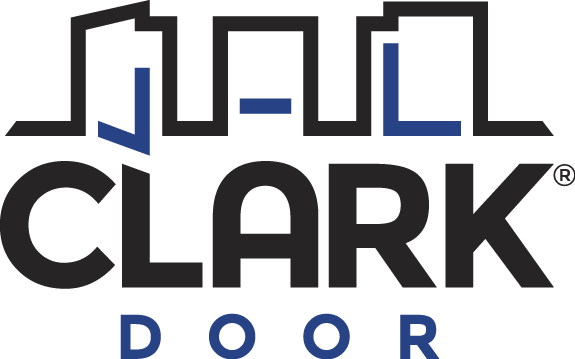The Royal Opera House, as you see it today, opened on 4th December 1999. Its reconstruction actually began on site in 1996 with the last performance in the ‘old’ house in July 1997. In three years the most inadequate of the great opera houses of the world was transformed, not only for audiences but equally for performers and the hundreds of other people who work there.
Clark Door Limited was involved from the early stages of the Opera House redevelopment and worked on the design concepts with the architects, acoustics consultants and closely with the client to ensure that their requirements to provide the highest levels of performance could be met.
The development work involved pioneering acoustic designs fully tested in the laboratory at Salford University and this work resulted in new patents being granted for the sealing systems developed by Clark Door.
The Loss Prevention Council provided the approval of the designs for the door integrity ratings for fire resistance – again based upon test work carried out by Clark Door – nothing was left to chance.
Amongst the other doors provided on the project by Clark Door Limited was a large acoustic fire door on the rear of the Lindbury Studio Theatre and an access door to the ‘Get-in Lift’ that had to be finished in a cladding system to match the external face of the building. The ‘Get-in Lift’ allows articulated vehicles to fully reverse into the building and to move between floors with their loads.
The large blue horizontal sliding door is 16m wide x 11m high, site tested at 50dB attenuation and fire resistant to 60 minutes integrity and insulation.
It provides the sound insulation between the stage and the main opera rehearsal room, ORR1, and at 300mm thick weighs 35 tonnes.
As the audience enjoys a performance the rehearsal for the following act continues and, thanks to the sound reducing qualities of the Clark door, nothing can be heard from either the rehearsal or performance that could disturb others.
Clark Door also provided a door measuring 10m x 11m and is fire resistant to 60 minutes. Whilst this acoustic door is not required to provide any sound reduction performance it does provide a critical barrier to fire. The set build area is an area that will see a multitude of skills employed to build some of the fantastic sets that an Opera House such as this provides. This combination of the working space and public space requires careful consideration of the potential risks that exist. Hence our Loss Prevention Certification Board Certificated Fireman door was chosen to provide this protection.
The blue vertical sliding door has acoustic lobby and is on site tested to achieve a sound insulation performance of 67dB. An exceptionally high performance was required for this opening as the second opera rehearsal room opens directly onto a set build area. The doors were designed with different attenuation levels to prevent any ‘acoustic holes’ from symmetric construction.
The Royal Opera House’s facilities building manager recently gave Clark Door the following feedback, almost 20 years after the doors were originally installed.
‘Our doors are used many times a day, several days a week and operate very well.’








